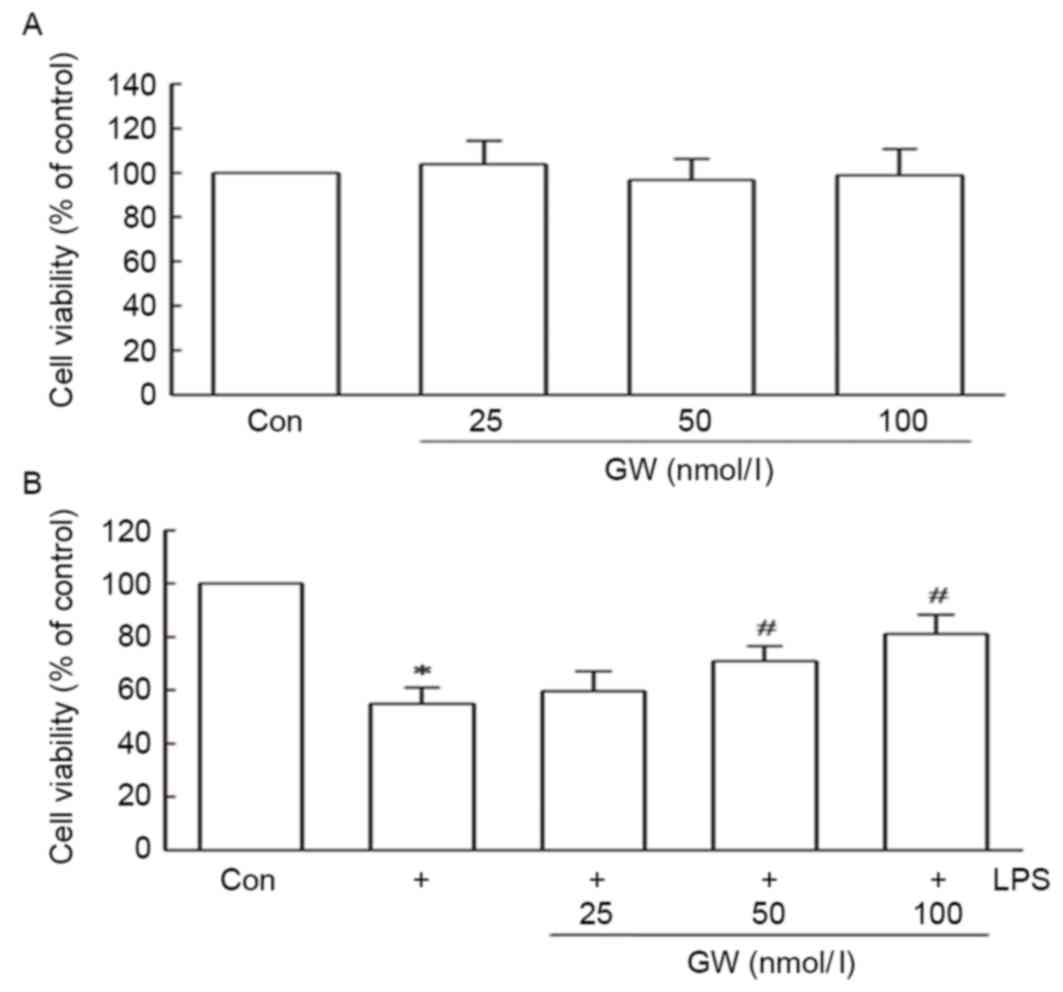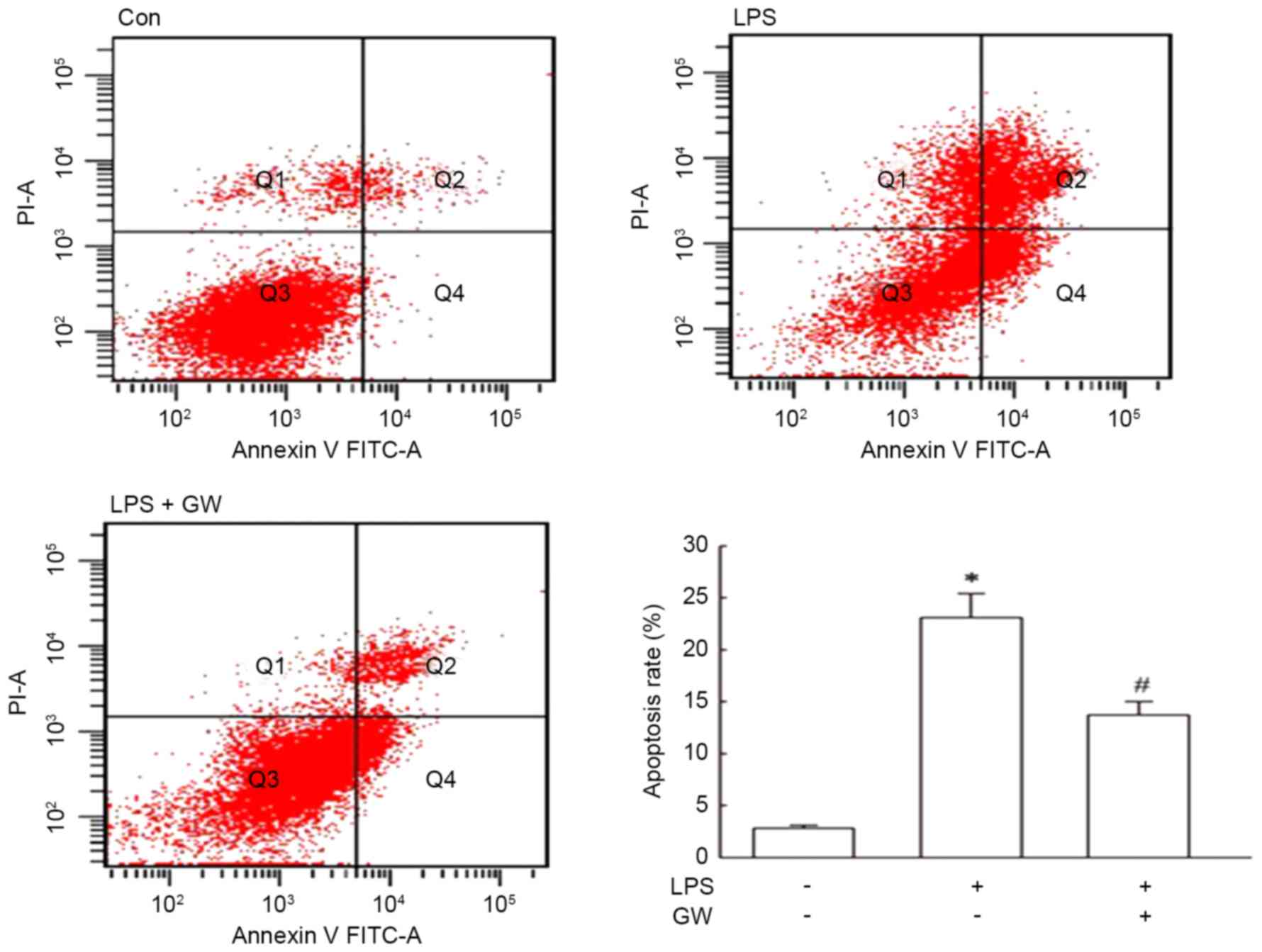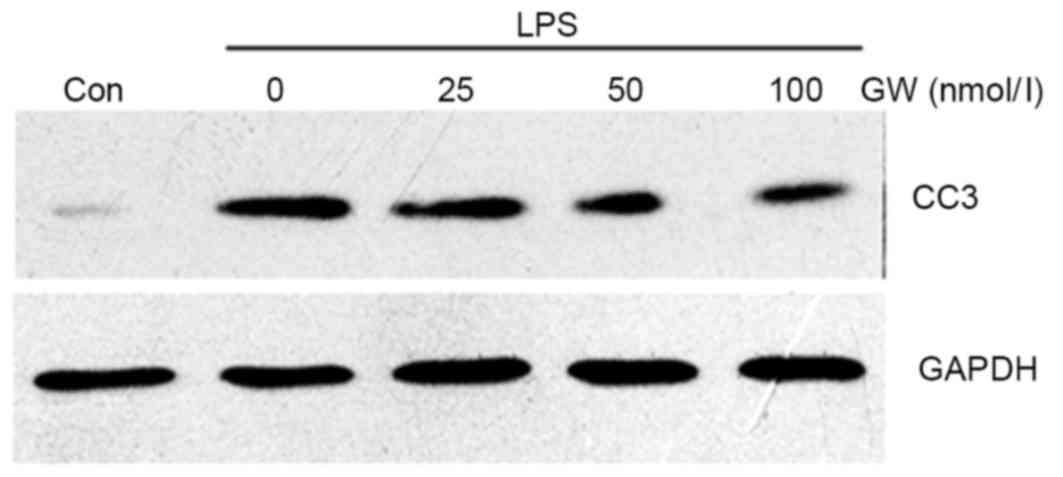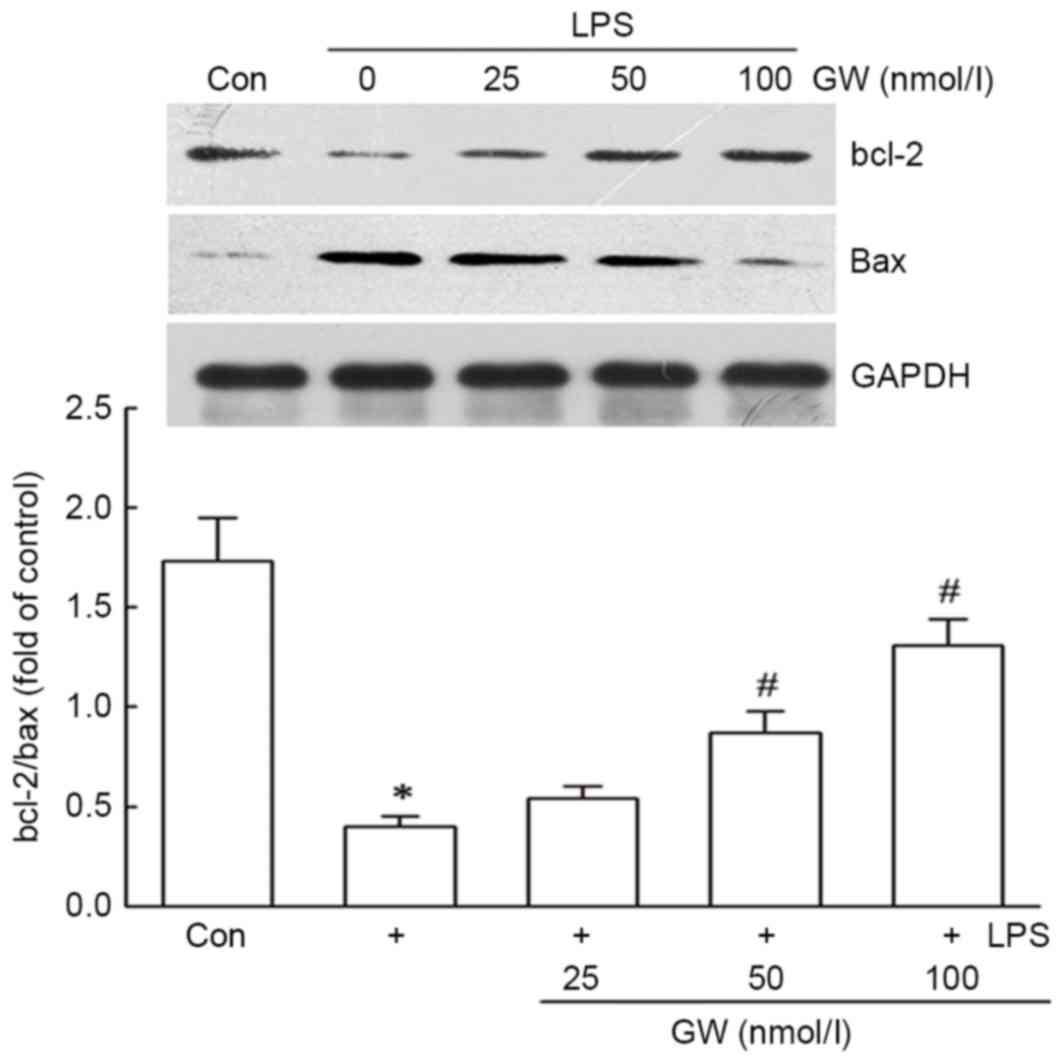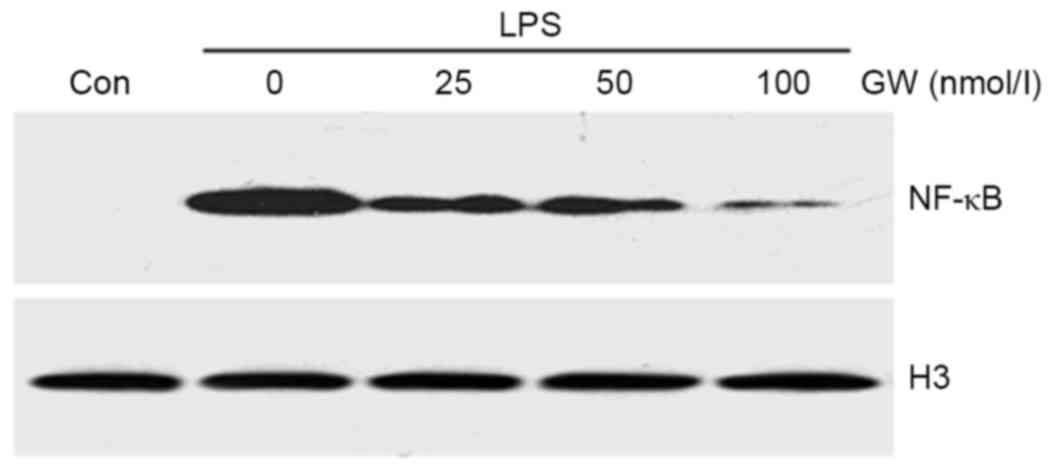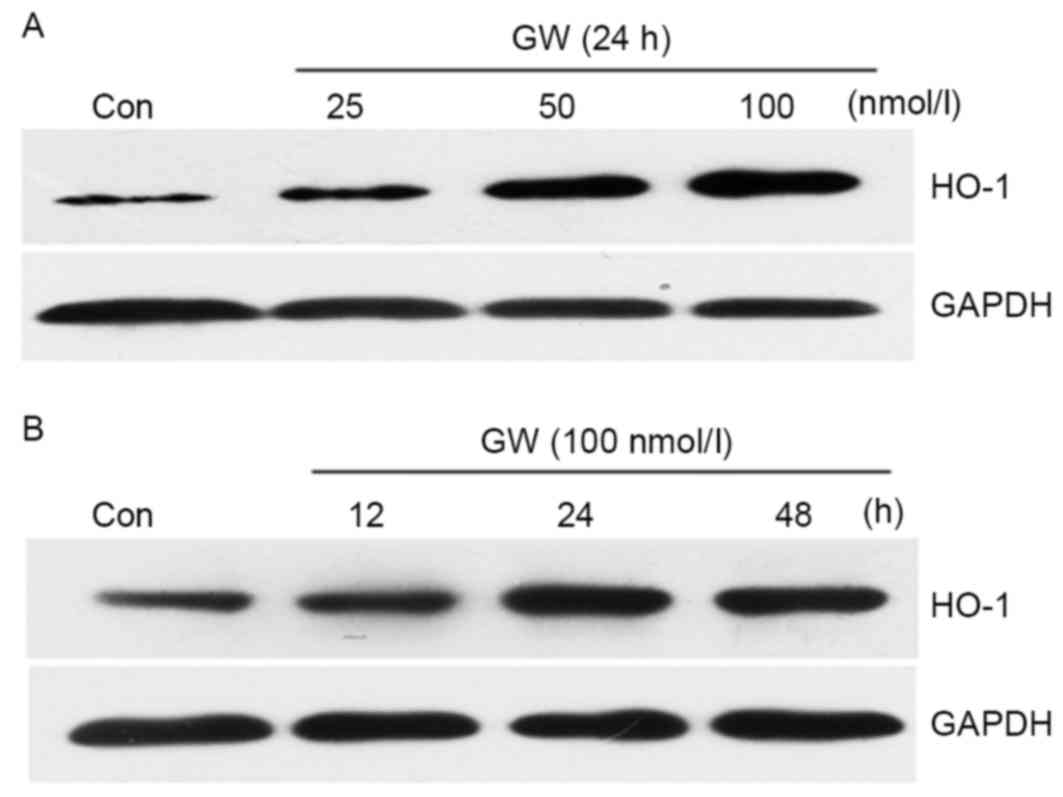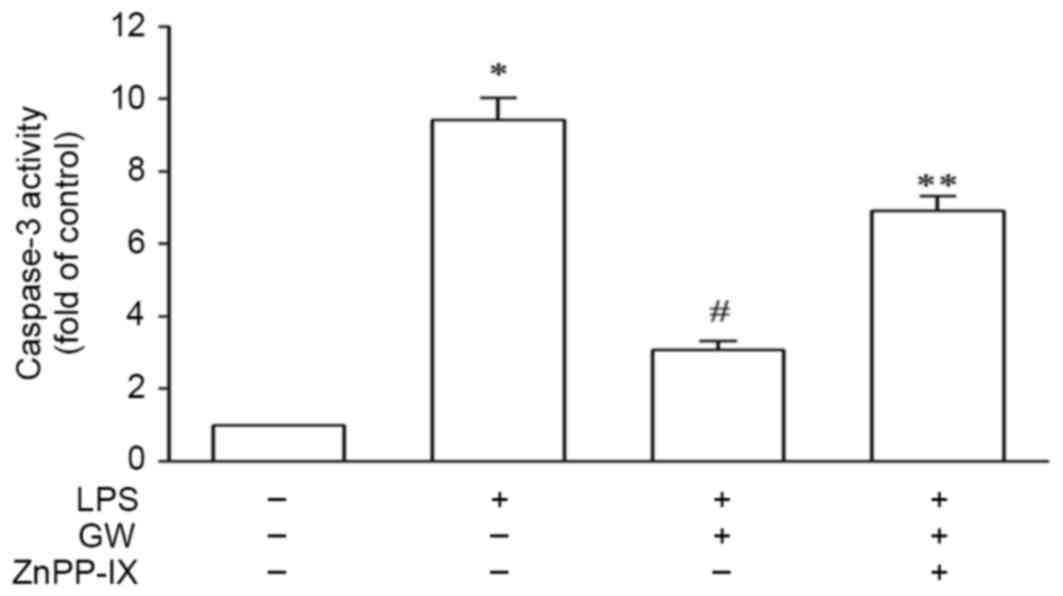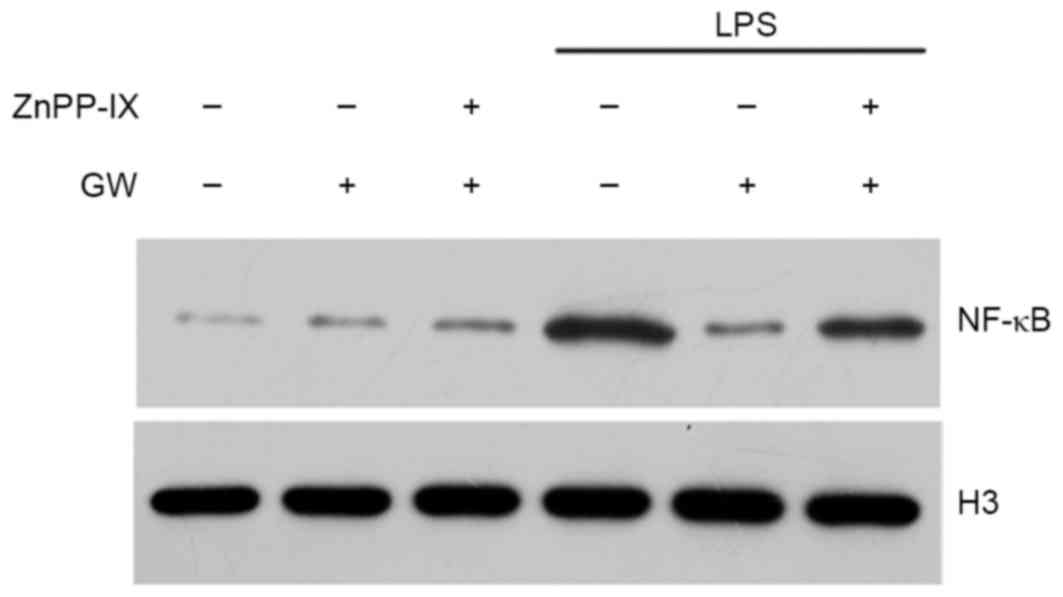|
1
|
Czaja AS, Zimmerman JJ and Nathens AB:
Readmission and late mortality after pediatric severe sepsis.
Pediatrics. 123:849–857. 2009. View Article : Google Scholar : PubMed/NCBI
|
|
2
|
Watson RS, Carcillo JA, Linde-Zwirble WT,
Clermont G, Lidicker J and Angus DC: The epidemiology of severe
sepsis in children in the United States. Am J Respir Crit Care Med.
167:695–701. 2003. View Article : Google Scholar : PubMed/NCBI
|
|
3
|
Maeder M, Fehr T, Rickli H and Ammann P:
Sepsis-associated myocardial dysfunction: Diagnostic and prognostic
impact of cardiac troponins and natriuretic peptides. Chest.
129:1349–1366. 2006. View Article : Google Scholar : PubMed/NCBI
|
|
4
|
Ayala A, Perl M, Venet F, Lomas-Neira J,
Swan R and Chung CS: Apoptosis in sepsis: Mechanisms, clinical
impact and potential therapeutic targets. Curr Pharm Des.
14:1853–1859. 2008. View Article : Google Scholar : PubMed/NCBI
|
|
5
|
Ehrenborg E and Krook A: Regulation of
skeletal muscle physiology and metabolism by peroxisome
proliferator-activated receptor delta. Pharmacol Rev. 61:373–393.
2009. View Article : Google Scholar : PubMed/NCBI
|
|
6
|
Barish GD, Narkar VA and Evans RM: PPAR
delta: A dagger in the heart of the metabolic syndrome. J Clin
Invest. 116:590–597. 2006. View
Article : Google Scholar : PubMed/NCBI
|
|
7
|
Li AC, Binder CJ, Gutierrez A, Brown KK,
Plotkin CR, Pattison JW, Valledor AF, Davis RA, Willson TM, Witztum
JL, et al: Differential inhibition of macrophage foam-cell
formation and atherosclerosis in mice by PPARalpha, beta/delta, and
gamma. J Clin Invest. 114:1564–1576. 2004. View Article : Google Scholar : PubMed/NCBI
|
|
8
|
Liou JY, Lee S, Ghelani D,
Matijevic-Aleksic N and Wu KK: Protection of endothelial survival
by peroxisome proliferator-activated receptor-delta mediated 14-3-3
upregulation. Arterioscler Thromb Vasc Biol. 26:1481–1487. 2006.
View Article : Google Scholar : PubMed/NCBI
|
|
9
|
Piqueras L, Reynolds AR, Hodivala-Dilke
KM, Alfranca A, Redondo JM, Hatae T, Tanabe T, Warner TD and
Bishop-Bailey D: Activation of PPARbeta/delta induces endothelial
cell proliferation and angiogenesis. Arterioscler Thromb Vasc Biol.
27:63–69. 2007. View Article : Google Scholar : PubMed/NCBI
|
|
10
|
Pesant M, Sueur S, Dutartre P, Tallandier
M, Grimaldi PA, Rochette L and Connat JL: Peroxisome
proliferator-activated receptor delta (PPARdelta) activation
protects H9c2 cardiomyoblasts from oxidative stress-induced
apoptosis. Cardiovasc Res. 69:440–449. 2006. View Article : Google Scholar : PubMed/NCBI
|
|
11
|
Carlson D, Maass DL, White DJ, Tan J and
Horton JW: Antioxidant vitamin therapy alters sepsis-related
apoptotic myocardial activity and inflammatory responses. Am J
Physiol Heart Circ Physiol. 291:H2779–H2789. 2006. View Article : Google Scholar : PubMed/NCBI
|
|
12
|
Otterbein LE and Choi AM: Heme oxygenase:
Colors of defense against cellular stress. Am J Physiol Lung Cell
Mol Physiol. 279:L1029–L1037. 2000.PubMed/NCBI
|
|
13
|
Ali F, Ali NS, Bauer A, Boyle JJ, Hamdulay
SS, Haskard DO, Randi AM and Mason JC: PPARdelta and PGC1alpha act
cooperatively to induce haem oxygenase-1 and enhance vascular
endothelial cell resistance to stress. Cardiovasc Res. 85:701–710.
2010. View Article : Google Scholar : PubMed/NCBI
|
|
14
|
Zabalgoitia M, Colston JT, Reddy SV, Holt
JW, Regan RF, Stec DE, Rimoldi JM, Valente AJ and Chandrasekar B:
Carbon monoxide donors or heme oxygenase-1 (HO-1) overexpression
blocks interleukin-18-mediated NF-kappaB-PTEN-dependent human
cardiac endothelial cell death. Free Radic Biol Med. 44:284–298.
2008. View Article : Google Scholar : PubMed/NCBI
|
|
15
|
Tien YC, Lin JY, Lai CH, Kuo CH, Lin WY,
Tsai CH, Tsai FJ, Cheng YC, Peng WH and Huang CY: Carthamus
tinctorius L. Prevents LPS-induced TNFalpha signaling activation
and cell apoptosis through JNK1/2-NFkappaB pathway inhibition in
H9c2 cardiomyoblast cells. J Ethnopharmacol. 130:505–513. 2010.
View Article : Google Scholar : PubMed/NCBI
|
|
16
|
Jiang B, Liang P, Zhang B, Song J, Huang X
and Xiao X: Role of PPAR-beta in hydrogen peroxide-induced
apoptosis in human umbilical vein endothelial cells.
Atherosclerosis. 204:353–358. 2009. View Article : Google Scholar : PubMed/NCBI
|
|
17
|
Cryns V and Yuan J: Proteases to die for.
Genes Dev. 12:1551–1570. 1998. View Article : Google Scholar : PubMed/NCBI
|
|
18
|
Oltvai ZN, Milliman CL and Korsmeyer SJ:
Bcl-2 heterodimerizes in vivo with a conserved homolog, Bax, that
accelerates programmed cell death. Cell. 74:609–619. 1993.
View Article : Google Scholar : PubMed/NCBI
|
|
19
|
Wang X, Zingarelli B, O'Connor M, Zhang P,
Adeyemo A, Kranias EG, Wang Y and Fan GC: Overexpression of Hsp20
prevents endotoxin-induced myocardial dysfunction and apoptosis via
inhibition of NF-kappaB activation. J Mol Cell Cardiol. 47:382–390.
2009. View Article : Google Scholar : PubMed/NCBI
|
|
20
|
Zingarelli B, Piraino G, Hake PW, O'Connor
M, Denenberg A, Fan H and Cook JA: Peroxisome
proliferator-activated receptor {delta} regulates inflammation via
NF-{kappa}B signaling in polymicrobial sepsis. Am J Pathol.
177:1834–1847. 2010. View Article : Google Scholar : PubMed/NCBI
|
|
21
|
Abdulkhalek S, Guo M, Amith SR, Jayanth P
and Szewczuk MR: G-protein coupled receptor agonists mediate Neu1
sialidase and matrix metalloproteinase-9 cross-talk to induce
transactivation of TOLL-like receptors and cellular signaling. Cell
Signal. 24:2035–2042. 2012. View Article : Google Scholar : PubMed/NCBI
|
|
22
|
Delhalle S, Blasius R, Dicato M and
Diederich M: A beginner's guide to NF-kappaB signaling pathways.
Ann N Y Acad Sci. 1030:1–13. 2004. View Article : Google Scholar : PubMed/NCBI
|
|
23
|
Wang G, Hamid T, Keith RJ, Zhou G,
Partridge CR, Xiang X, Kingery JR, Lewis RK, Li Q, Rokosh DG, et
al: Cardioprotective and antiapoptotic effects of heme oxygenase-1
in the failing heart. Circulation. 121:1912–1925. 2010. View Article : Google Scholar : PubMed/NCBI
|
|
24
|
Yeh CH, Chen TP, Wang YC, Lin YM and Lin
PJ: HO-1 activation can attenuate cardiomyocytic apoptosis via
inhibition of NF-kappaB and AP-1 translocation following cardiac
global ischemia and reperfusion. J Surg Res. 155:147–156. 2009.
View Article : Google Scholar : PubMed/NCBI
|
|
25
|
Kim HJ, Ham SA, Paek KS, Hwang JS, Jung
SY, Kim MY, Jin H, Kang ES, Woo IS, Kim HJ, et al: Transcriptional
up-regulation of antioxidant genes by PPARδ inhibits angiotensin
II-induced premature senescence in vascular smooth muscle cells.
Biochem Biophys Res Commun. 406:564–569. 2011. View Article : Google Scholar : PubMed/NCBI
|
|
26
|
Bernardini C, Zannoni A, Bacci ML and
Forni M: Protective effect of carbon monoxide pre-conditioning on
LPS-induced endothelial cell stress. Cell Stress Chaperones.
15:219–224. 2010. View Article : Google Scholar : PubMed/NCBI
|



